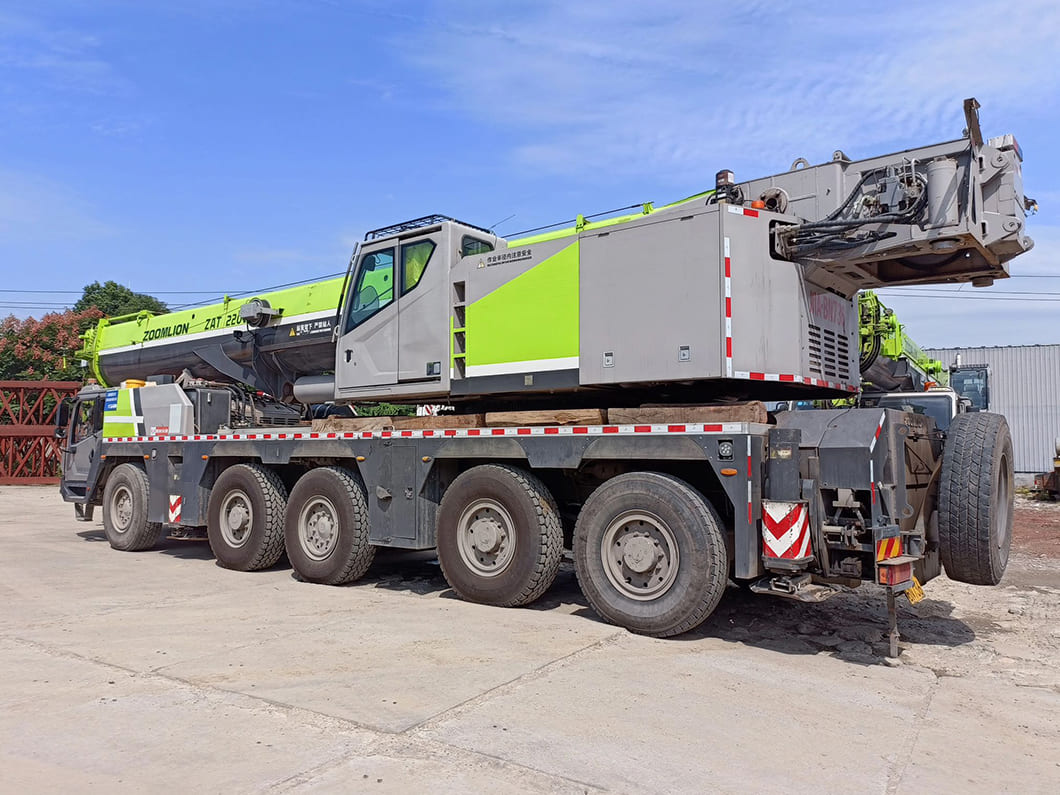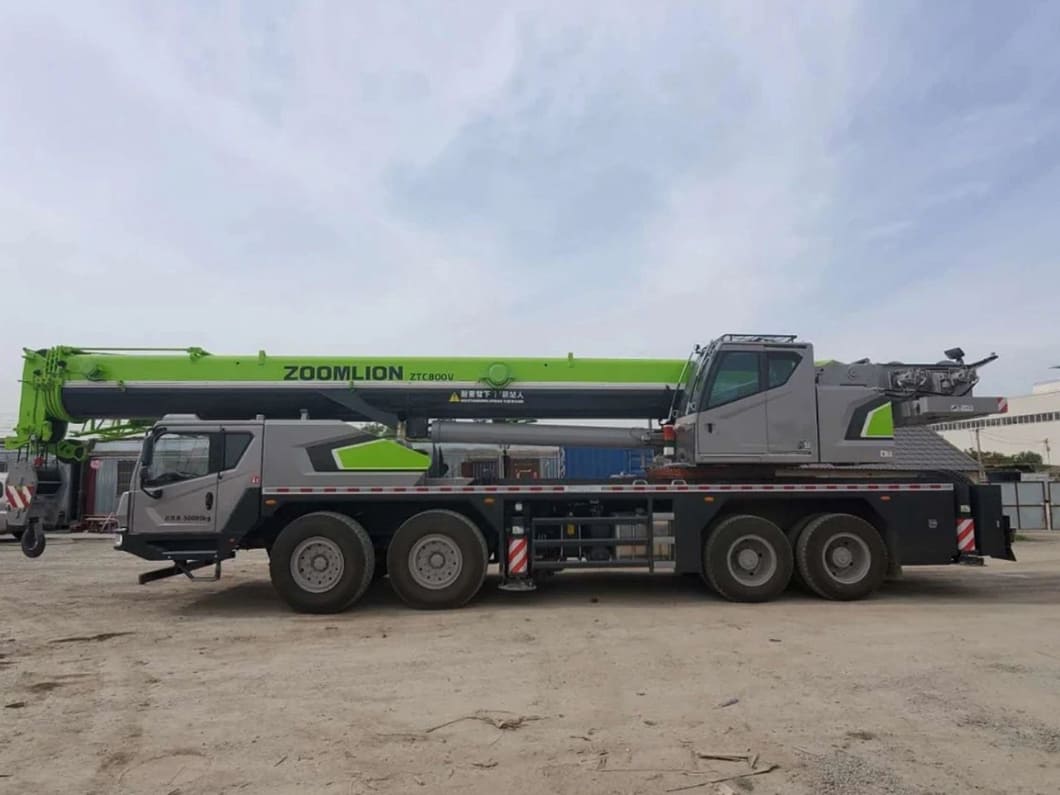Cranes
Cranes play a crucial role in various construction, industrial, and infrastructure projects. Here are some details about the different types of cranes used in projects and their importance:
Types of Cranes and Their Uses
Tower Cranes
- Uses: Commonly used in the construction of tall buildings and skyscrapers.
- Features: Tower cranes have a tall mast and a long horizontal jib. They are fixed to the ground and provide excellent lifting capabilities and reach at great heights.
Mobile Cranes
- Uses: Versatile cranes used in various construction projects, including building construction, bridge erection, and heavy equipment placement.
- Features: Mobile cranes are mounted on wheeled or tracked vehicles, making them easily transportable and flexible for different locations and terrains.
Crawler Cranes
- Uses: Used in heavy-duty lifting tasks in construction and infrastructure projects.
- Features: Mounted on a set of tracks (crawlers), these cranes provide stability and mobility on rough terrains. They are ideal for large-scale projects like dam construction and large building erection.
Overhead Cranes
- Uses: Primarily used in industrial environments such as factories and warehouses.
- Features: Overhead cranes run on elevated tracks along the ceiling of a building, allowing them to move heavy materials across large areas with precision.
Floating Cranes
- Uses: Used in marine construction projects, such as building bridges, ports, and offshore structures.
- Features: Mounted on a barge or a vessel, these cranes can handle heavy lifting tasks over water.
Telescopic Cranes
- Uses: Used in situations requiring variable boom lengths, such as building construction, rescue operations, and utility work.
- Features: These cranes have a boom that consists of several tubes fitted one inside the other, which can be extended or retracted to adjust the length.
Importance of Cranes in Projects
Efficiency and Speed
Cranes significantly enhance the efficiency and speed of construction projects by allowing the quick and safe movement of heavy materials and equipment.
Safety
Using cranes reduces the need for manual lifting of heavy loads, minimizing the risk of injuries and accidents on construction sites.
Versatility
Cranes come in various types and sizes, making them adaptable to different project needs, from small-scale residential projects to large-scale industrial and infrastructure projects.
Precision
Modern cranes are equipped with advanced controls and technology that allow for precise placement of materials, which is crucial for the structural integrity and accuracy of construction projects.
Cost-Effectiveness
Although cranes require a significant investment, their ability to handle large loads efficiently reduces the overall time and labor costs associated with construction projects.
Capability to Handle Heavy Loads
Cranes are designed to lift and move extremely heavy loads that would be impossible or impractical to move manually or with smaller machinery.
Adaptability to Challenging Environments
Cranes can operate in various environments, including difficult terrains, confined spaces, and over water, making them essential for a wide range of construction scenarios.










